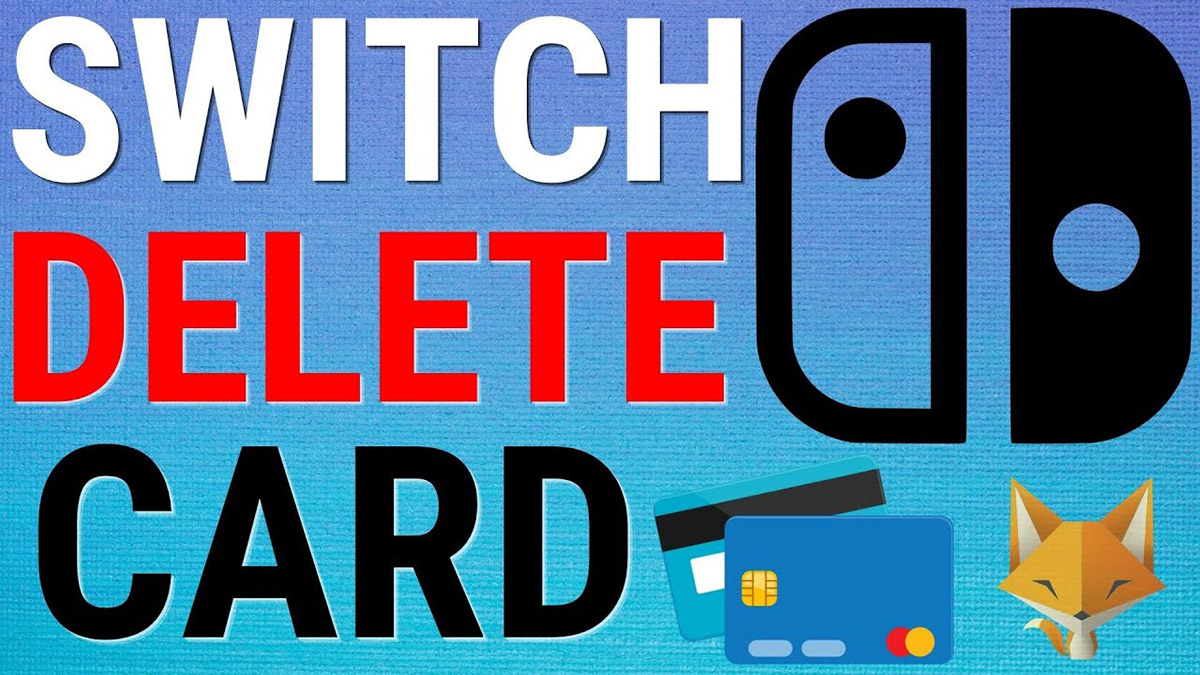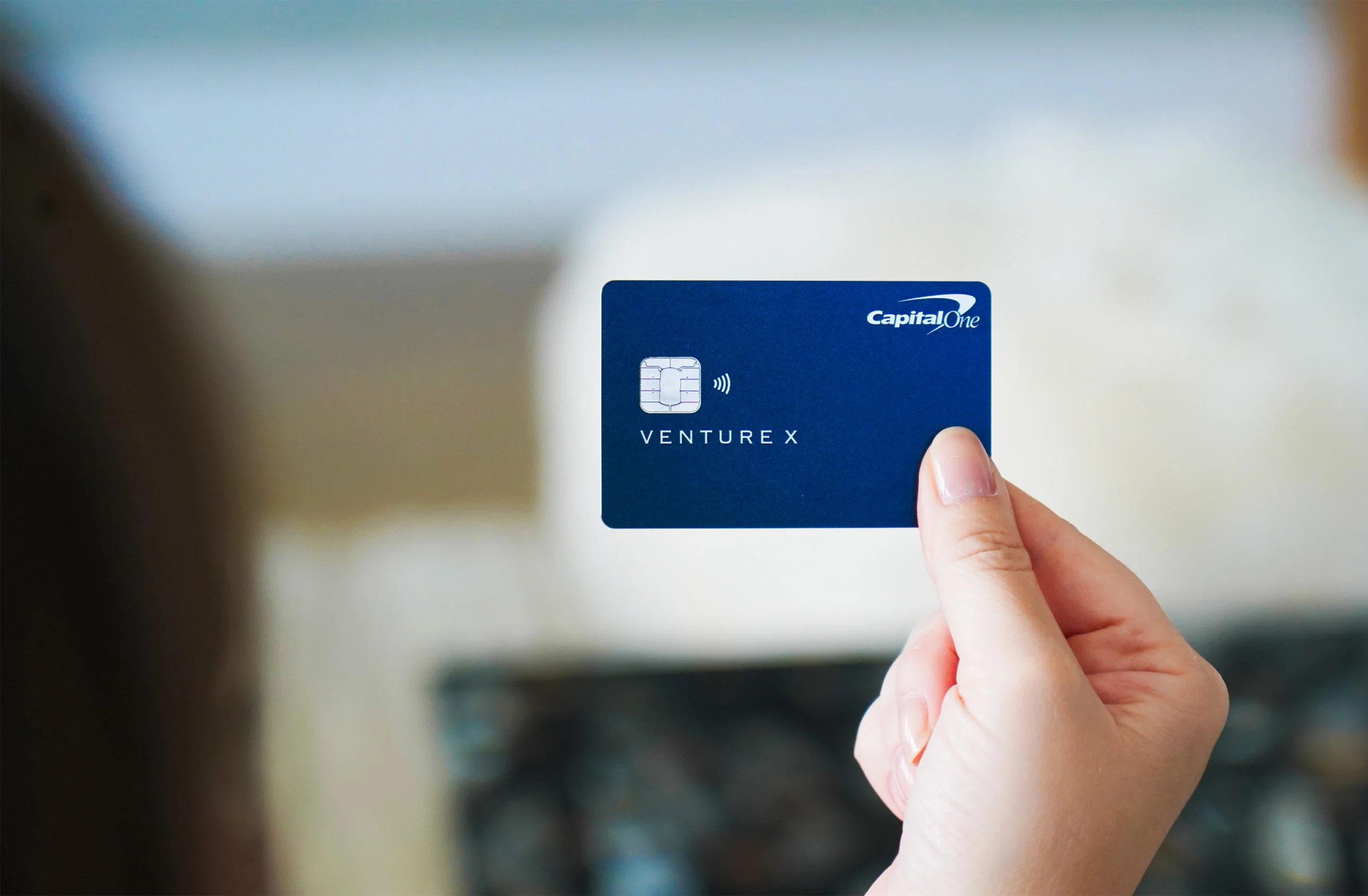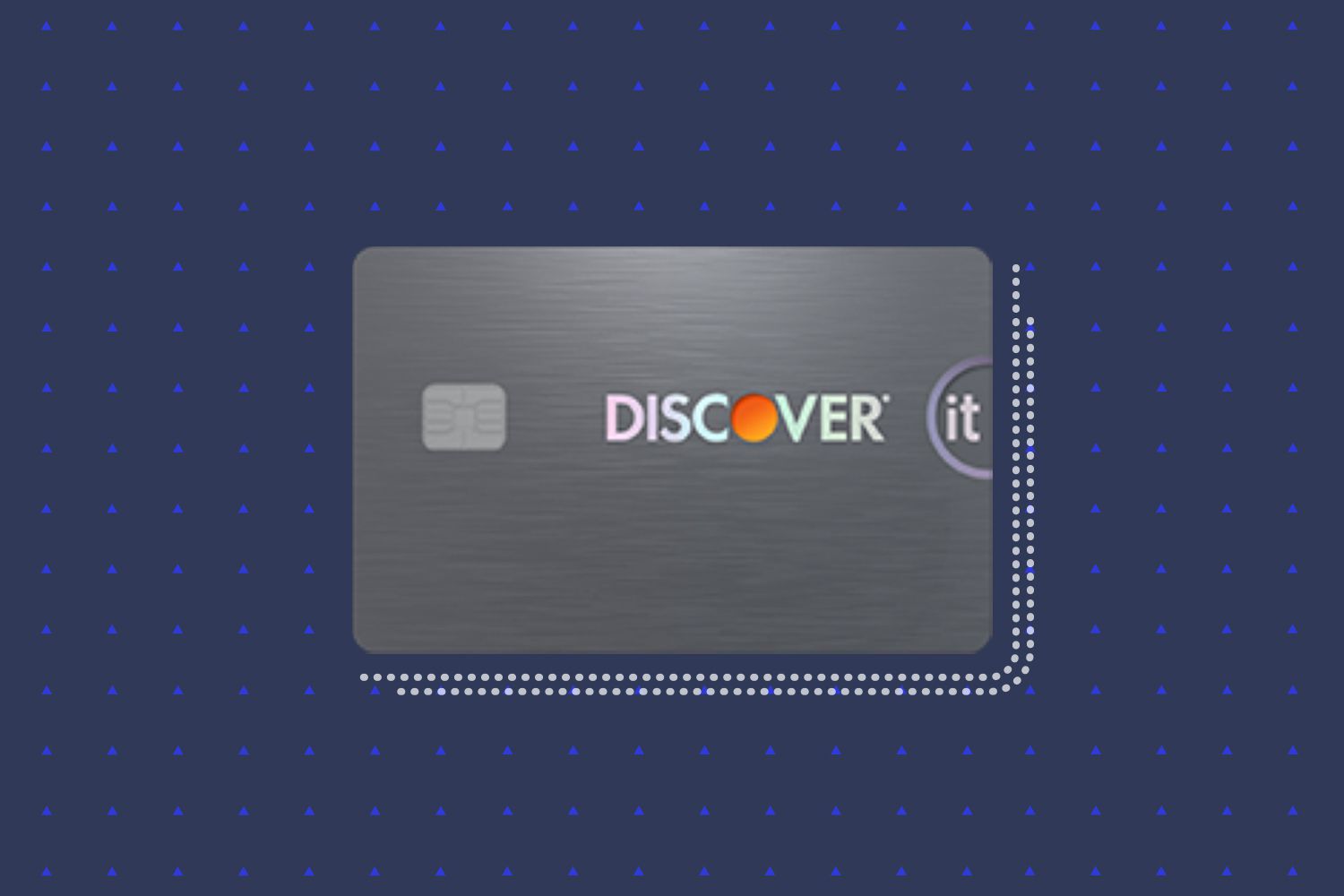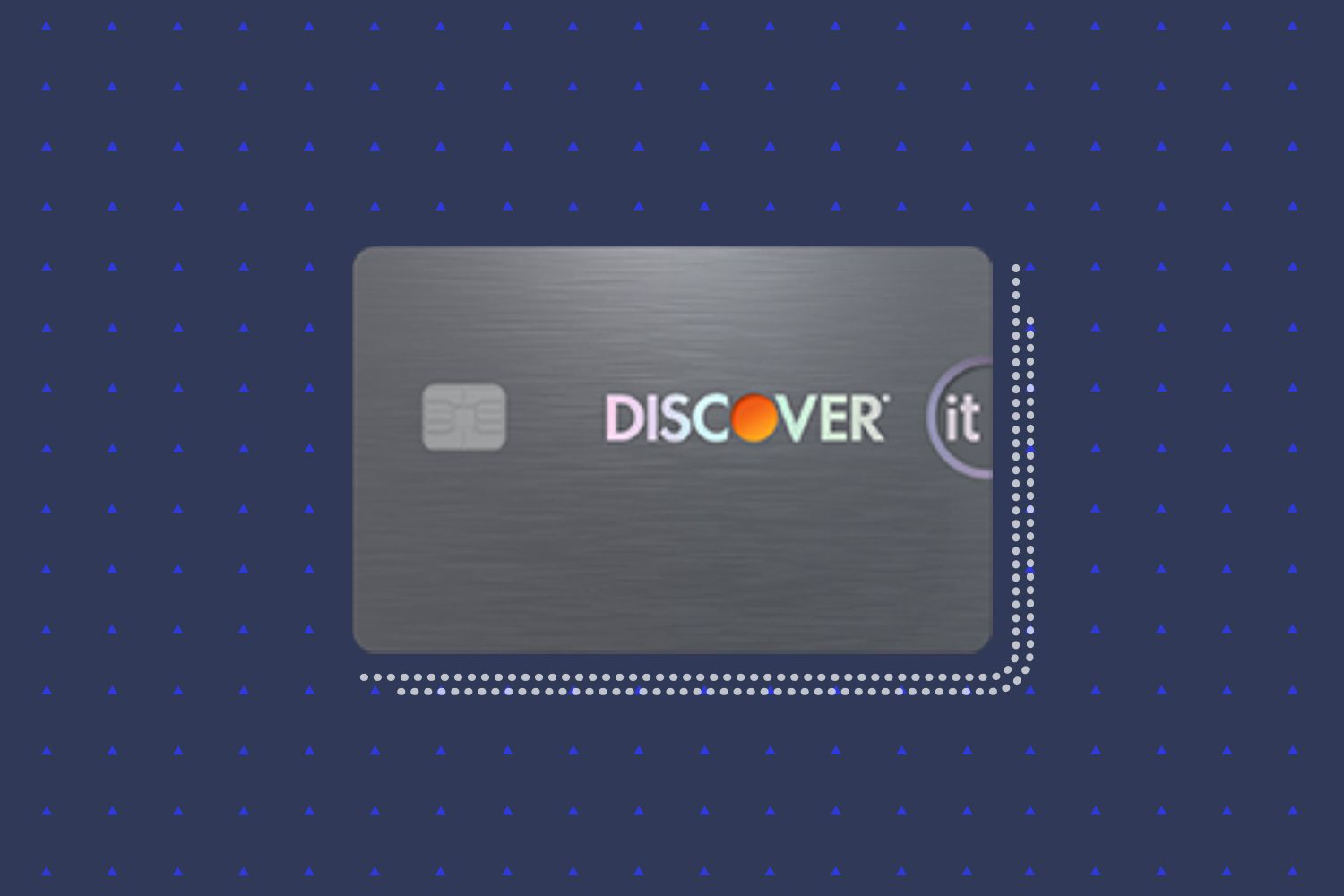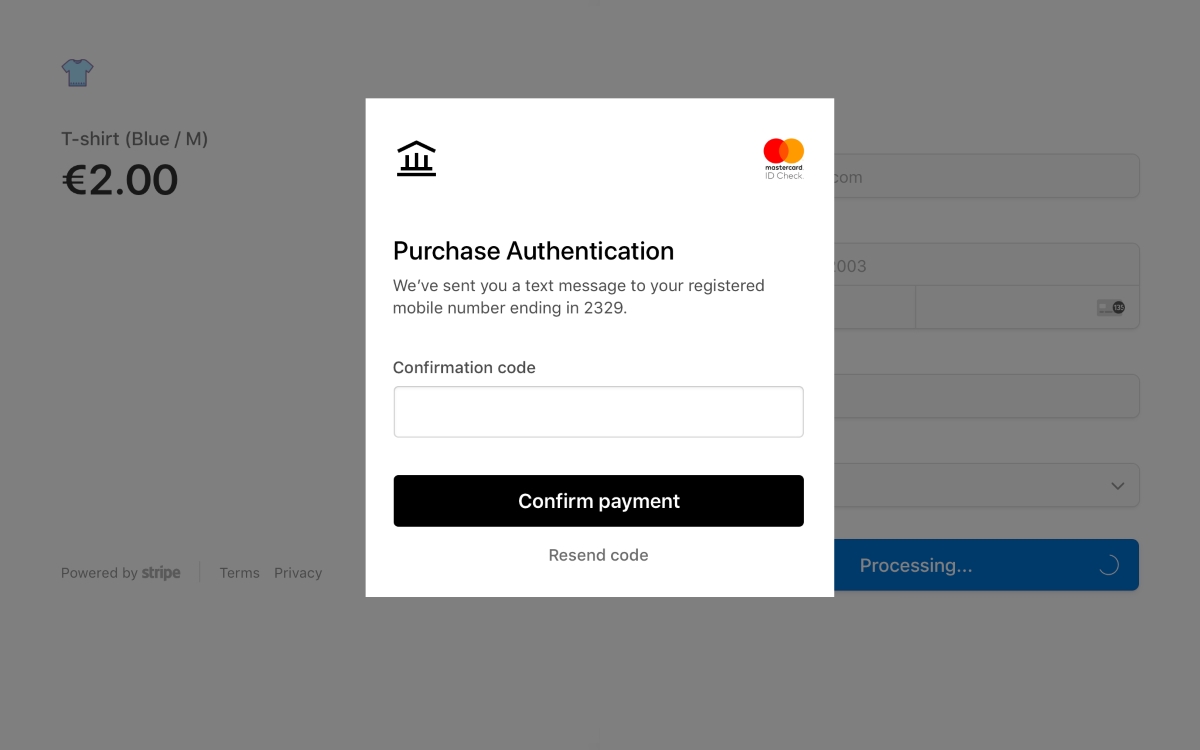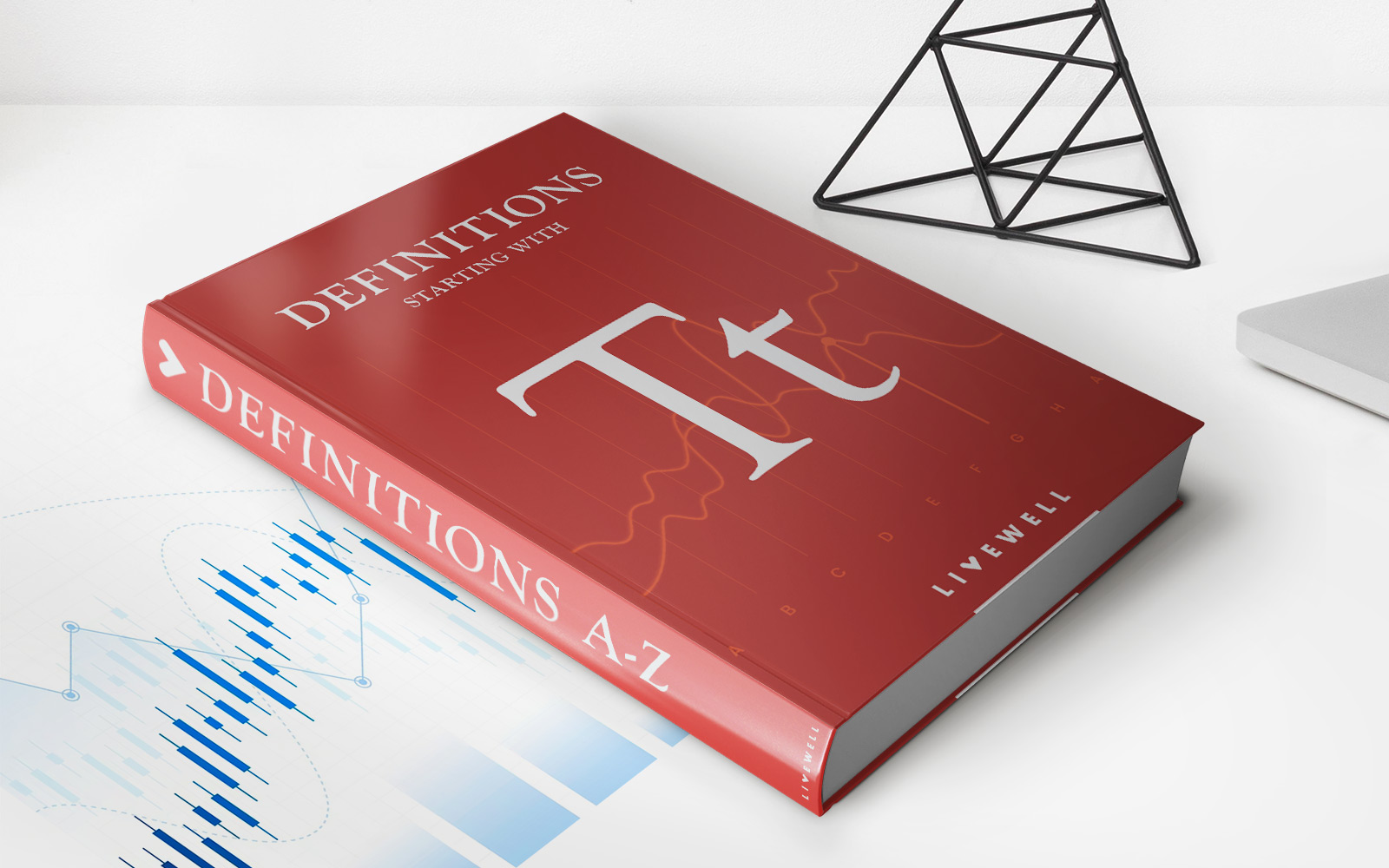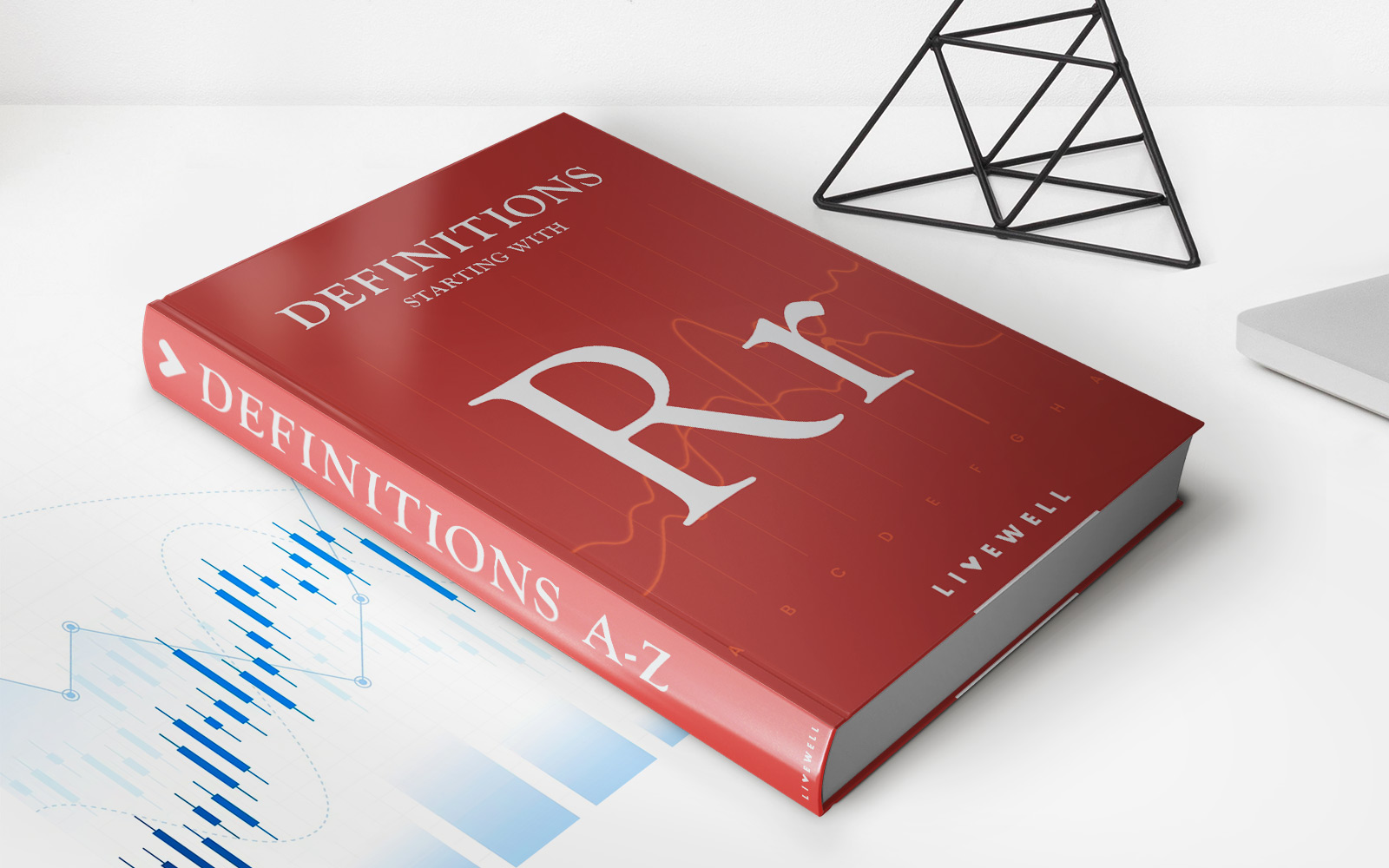Home>Finance>How To Switch From Discover Secured Card To Unsecured Card


Finance
How To Switch From Discover Secured Card To Unsecured Card
Published: March 2, 2024
Learn how to upgrade from a Discover secured card to an unsecured card and improve your financial standing. Find out the steps to transition and build credit with ease.
(Many of the links in this article redirect to a specific reviewed product. Your purchase of these products through affiliate links helps to generate commission for LiveWell, at no extra cost. Learn more)
Table of Contents
Introduction
The Discover Secured Card is a valuable financial tool for individuals looking to establish or rebuild their credit. This card functions as a stepping stone toward accessing traditional unsecured credit cards, offering a means for individuals with limited or damaged credit histories to demonstrate responsible financial behavior. While the Discover Secured Card provides numerous benefits, including the opportunity to earn cash back rewards on purchases, many cardholders aspire to transition to an unsecured credit card to further enhance their financial standing.
Understanding the process of switching from a Discover Secured Card to an unsecured card is essential for individuals seeking to expand their credit options and improve their financial well-being. By comprehending the eligibility requirements and the necessary steps for this transition, cardholders can effectively navigate the process and maximize the benefits of owning an unsecured credit card.
In this comprehensive guide, we will delve into the intricacies of the Discover Secured Card and outline the eligibility criteria for transitioning to an unsecured card. Additionally, we will provide a detailed walkthrough of the steps involved in making this switch, empowering individuals to make informed decisions about their credit journey. Furthermore, we will explore the array of benefits that come with upgrading to an unsecured credit card, shedding light on the advantages awaiting those who successfully navigate this transition.
Whether you are a current Discover Secured Cardholder contemplating the shift to an unsecured card or are simply interested in understanding the dynamics of credit card progression, this guide is designed to equip you with the knowledge and insights needed to navigate this pivotal financial milestone. Let's embark on this enlightening journey toward unlocking the potential of an unsecured credit card and harnessing the opportunities it presents for your financial future.
Understanding the Discover Secured Card
The Discover Secured Card is a financial tool designed to help individuals establish or rebuild their credit. Unlike traditional unsecured credit cards, a secured credit card requires the cardholder to provide a security deposit, which serves as collateral and determines the card’s credit limit. This deposit reduces the risk for the card issuer, making it an accessible option for individuals with limited credit history or past credit challenges.
Upon obtaining a Discover Secured Card, cardholders are typically required to submit a security deposit, which often aligns with the desired credit limit. This deposit is fully refundable, provided that the cardholder responsibly manages the card and fulfills their financial obligations. The card operates similarly to an unsecured credit card, allowing users to make purchases, build credit, and potentially earn cash back rewards on their expenditures.
One of the key advantages of the Discover Secured Card is its potential to serve as a catalyst for credit improvement. By using the card responsibly and making timely payments, cardholders can demonstrate their creditworthiness and enhance their credit scores over time. This, in turn, can open doors to a myriad of financial opportunities, including access to higher credit limits, lower interest rates, and additional credit products.
Moreover, the Discover Secured Card provides cardholders with valuable insights into their credit behavior through access to their FICO® Credit Score for free. This feature empowers users to monitor their credit progress and gain a deeper understanding of the factors influencing their credit standing. By leveraging these insights, cardholders can make informed decisions to further strengthen their financial foundation.
Understanding the fundamental principles of the Discover Secured Card is pivotal for individuals seeking to lay a solid groundwork for their credit journey. By recognizing the role of the security deposit, the potential for credit improvement, and the valuable credit monitoring tools provided, cardholders can harness the full potential of this secured credit card as they work toward their financial goals.
Eligibility for Switching to an Unsecured Card
Transitioning from a Discover Secured Card to an unsecured credit card signifies a significant milestone in one’s credit journey. It denotes a progression from a secured, collateral-backed card to an unsecured credit card, which typically offers more favorable terms and conditions. While this transition presents an array of benefits, it is essential for cardholders to meet specific eligibility criteria to qualify for an unsecured card with Discover or any other financial institution.
One of the primary considerations for eligibility is the cardholder’s credit history and financial behavior. Individuals aiming to switch to an unsecured card should strive to demonstrate responsible credit management and a positive payment history. This entails consistently making on-time payments, keeping credit utilization in check, and avoiding derogatory marks on their credit report. Lenders often assess these factors to gauge an applicant’s creditworthiness and determine their eligibility for an unsecured credit card.
Furthermore, maintaining a healthy credit score is instrumental in qualifying for an unsecured credit card. While the specific credit score requirements may vary among different card issuers, a higher credit score generally enhances the likelihood of approval for an unsecured card. Cardholders should focus on improving their credit score by practicing prudent credit habits and addressing any negative items on their credit report, thereby bolstering their eligibility for an unsecured card.
Additionally, the duration of card ownership and responsible card usage play a pivotal role in determining eligibility for transitioning to an unsecured card. Cardholders are encouraged to exhibit a pattern of responsible financial behavior over an extended period, showcasing their commitment to sound credit management. By consistently adhering to the terms of their Discover Secured Card and responsibly utilizing their credit, cardholders can bolster their eligibility for an unsecured card.
Ultimately, meeting the eligibility requirements for switching to an unsecured card necessitates a proactive approach to credit management and a steadfast commitment to financial responsibility. By fulfilling these criteria, individuals can position themselves favorably for the transition to an unsecured credit card, unlocking greater financial flexibility and opportunities for credit advancement.
Steps to Switch from Discover Secured Card to Unsecured Card
Transitioning from a Discover Secured Card to an unsecured credit card involves a deliberate and strategic approach, encompassing several key steps to facilitate a seamless progression. By following these steps, cardholders can navigate the transition process effectively and position themselves for the potential benefits of owning an unsecured card.
- Assess Your Credit Standing: Before initiating the transition, it is prudent to evaluate your credit standing. Obtain a copy of your credit report and review your credit score to gauge your eligibility for an unsecured card. Identify any areas that may require improvement and take proactive measures to address them.
- Engage in Responsible Credit Management: Continue practicing responsible credit management while using your Discover Secured Card. Make timely payments, keep your credit utilization low, and refrain from engaging in behaviors that could adversely impact your credit standing. Consistent and prudent credit management can bolster your eligibility for an unsecured card.
- Reach Out to Discover: Contact Discover’s customer service or visit their online portal to inquire about the possibility of transitioning to an unsecured card. Express your interest in making this progression and seek guidance on the specific steps and criteria involved in the process.
- Explore Upgrade Opportunities: Discover may offer upgrade opportunities for qualified cardholders, allowing them to transition from a secured card to an unsecured card. Inquire about any available upgrade programs or pathways that align with your credit profile and financial goals.
- Submit a Request for Consideration: If you meet the eligibility criteria and Discover offers a pathway for transitioning to an unsecured card, submit a formal request for consideration. This may involve completing a request form or providing updated financial information to support your request.
- Review the Terms and Conditions: Upon approval for an unsecured card, carefully review the terms and conditions associated with the new card. Take note of the credit limit, rewards structure, and any fees or interest rates applicable to ensure a clear understanding of the card’s features.
- Activate and Utilize Your Unsecured Card: Once approved, activate your new unsecured credit card and begin utilizing it responsibly. Leverage the enhanced features and benefits of the unsecured card to further strengthen your credit profile and maximize the opportunities it affords.
By diligently following these steps and engaging with Discover to explore the transition process, cardholders can position themselves for a successful shift from a Discover Secured Card to an unsecured credit card. This progression marks a significant milestone in one’s credit journey, offering expanded financial flexibility and the potential for further credit advancement.
Benefits of Switching to an Unsecured Card
Transitioning from a Discover Secured Card to an unsecured credit card presents a multitude of compelling benefits, signifying a pivotal advancement in one’s financial journey. By making this progression, cardholders can unlock enhanced opportunities and privileges that are typically associated with unsecured credit cards, thereby elevating their overall credit experience.
- Expanded Credit Limit: Unsecured credit cards often offer higher credit limits than their secured counterparts. By transitioning to an unsecured card, individuals can access a more substantial line of credit, providing greater financial flexibility for managing expenses and making larger purchases.
- Deposit Refund: Unlike a secured card where a security deposit is required, unsecured cards do not necessitate this upfront deposit. As a result, cardholders who switch to an unsecured card may have their initial deposit refunded, releasing these funds for other financial purposes.
- Rewards and Benefits: Unsecured credit cards frequently feature robust rewards programs, offering cash back, travel rewards, or other enticing benefits for card usage. By transitioning to an unsecured card, individuals can capitalize on these rewards, earning valuable incentives for their everyday spending.
- Improved Credit Profile: Owning an unsecured credit card contributes to a more favorable credit profile, signaling to lenders and credit bureaus that the cardholder has progressed to a higher level of credit responsibility. This can positively impact credit scores and enhance the individual’s overall creditworthiness.
- Interest Rate Reduction: Unsecured cards may offer lower interest rates compared to secured cards, resulting in potential savings on interest charges for carrying balances. This can lead to more cost-effective credit utilization and reduced financial burden for the cardholder.
- Access to Additional Credit Products: A successful transition to an unsecured card can pave the way for access to a broader range of credit products, including unsecured personal loans, mortgages, and other financial instruments. This expanded credit access can empower individuals to pursue diverse financial goals.
By embracing the advantages of an unsecured credit card, individuals can elevate their financial standing and harness the full spectrum of benefits that come with unsecured credit products. This transition marks a significant milestone in their credit journey, positioning them for greater financial empowerment and enhanced opportunities for credit advancement.
Conclusion
The journey from a Discover Secured Card to an unsecured credit card represents a transformative progression toward greater financial flexibility, enhanced privileges, and expanded opportunities for credit advancement. By understanding the dynamics of the Discover Secured Card, the eligibility criteria for transitioning to an unsecured card, and the essential steps involved in making this transition, individuals can navigate this pivotal milestone with confidence and purpose.
As cardholders diligently engage in responsible credit management and demonstrate their creditworthiness, they position themselves favorably for the potential benefits that accompany the transition to an unsecured credit card. This evolution encompasses not only the practical advantages, such as an expanded credit limit and access to lucrative rewards, but also the symbolic significance of advancing to a higher tier of credit responsibility.
It is imperative for individuals to recognize the profound impact that this transition can have on their overall credit standing and financial well-being. By leveraging the benefits of an unsecured credit card, cardholders can fortify their credit profiles, access a broader array of credit products, and cultivate a more robust foundation for achieving their financial aspirations.
Ultimately, the journey from a Discover Secured Card to an unsecured credit card embodies a testament to perseverance, financial prudence, and a steadfast commitment to credit advancement. As individuals embrace this progression, they open doors to a wealth of opportunities and set the stage for a more empowered and prosperous financial future.
By embarking on this enlightening journey toward unlocking the potential of an unsecured credit card, individuals can harness the opportunities it presents and propel themselves toward greater financial well-being. The transition from a Discover Secured Card to an unsecured credit card marks a significant milestone in one’s credit journey, signifying a triumph of determination and a strategic leap toward a brighter financial horizon.


